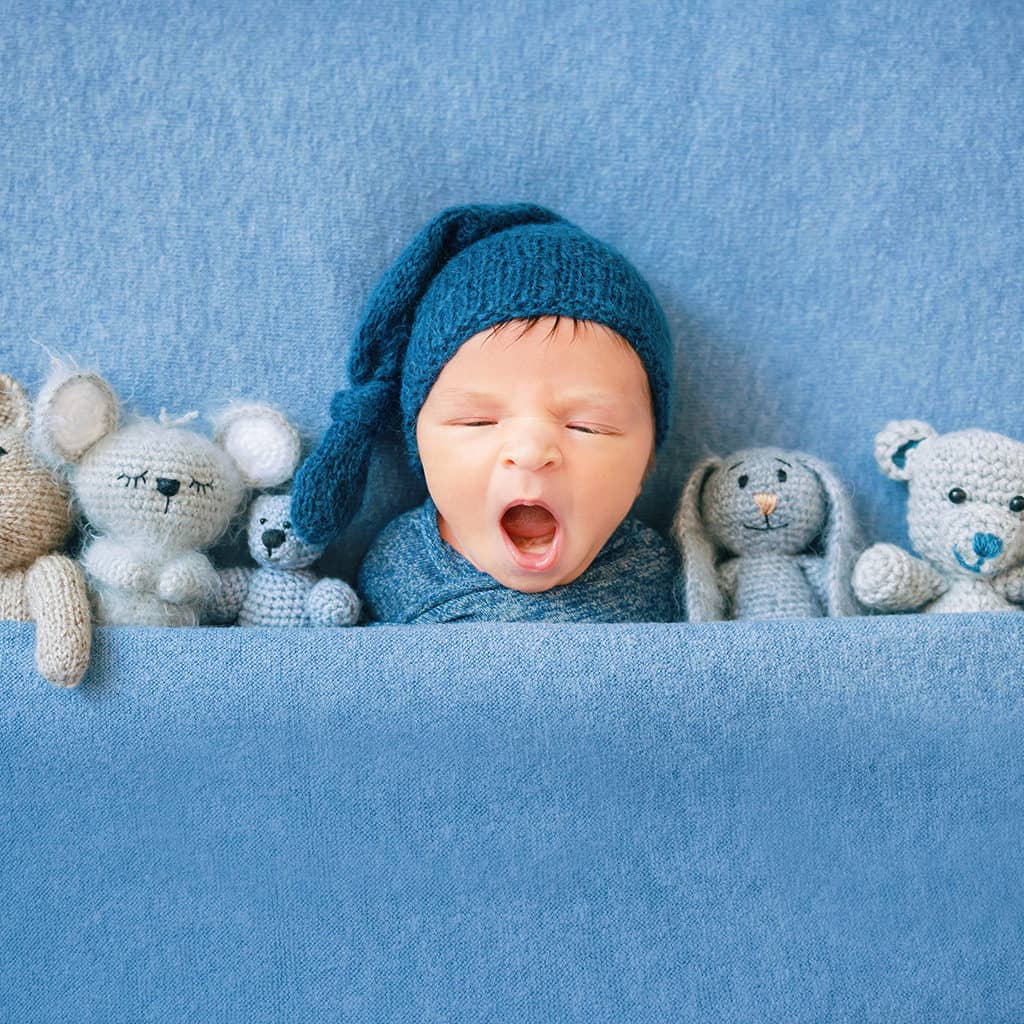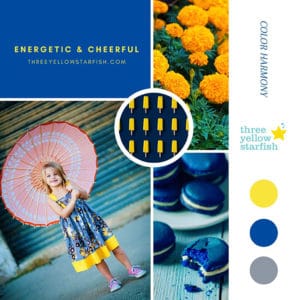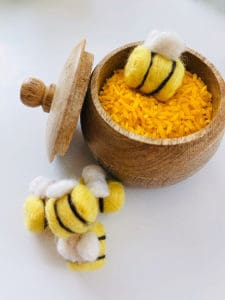Chances are you’ve heard of baby transitional items or comfort objects before. But you may be asking yourself, what is a lovey? Is a security blanket for babies safe to use? How do I know if a baby lovey is right for my toddler?
A baby lovey is often known as a transitional item or comfort object. It’s a physical object that a baby bonds with and uses to comfort themselves. A baby lovey is usually a stuffed animal or plush toy combined with a security blanket for babies. But believe it or not, babies can form strong connections with other interesting objects as well. Many moms have shared stories describing the types of comfort objects their little ones sought out. I was shocked to hear that some toddlers bonded with oddly peculiar items like dish towels, spoons, and even thermometers!
Why? Because your baby associates the transitional item with familiarity, a person, and positive experiences. Those associations are the reason that the object makes them feel secure during times when they feel uncomfortable.
The American Academy of Pediatrics recommends introducing transitional objects to children by the end of their first year. The AAP notes that if you don’t introduce a comfort object, your child will likely choose their own.
“Your child may not choose a blanket, of course. He may prefer a soft toy or even the satin trim on Mom’s bathrobe. Chances are, he’ll make his choice between months eight and twelve. He’ll keep it with him for years to come.” – American Academy of Pediatrics
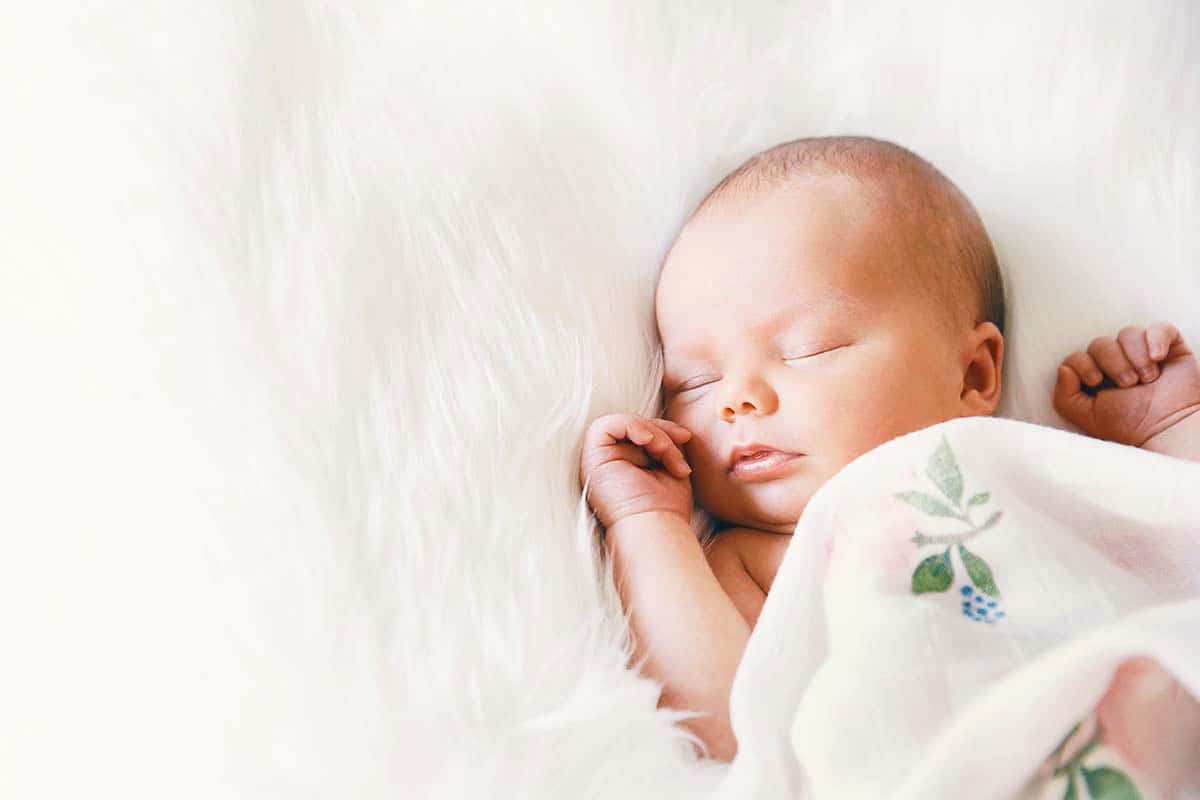
How Do Lovies Work?
Your child’s lovey sleep toy serves as a reminder that they are safe and that everything will be okay. Lovey blankets for babies help your toddler with the emotional shift to become more independent. Baby lovies help your little one feel safe while experiencing new things.
Kids turn to the object of affection when they’re feeling stressed, scared, or worried. The need for a lovey can intensify during the toddler and preschool years because kids are going through so many new experiences and transitions such as potty training, starting school, going from a crib to a big-kid bed, and spending more time away from Mom and Dad. –Parents.com
Why Do People Introduce Lovies?
Desiree Baird of The Pediatric Sleep Coach said it best:
“As your baby gets older and hits more and more developmental milestones, it’s normal to start to notice many changes, including separation anxiety and sleep regressions, which is where a security object can be very helpful.” -Desiree Baird, The Pediatric Sleep Coach
A lovey can make an excellent tool by offering comfort to a baby struggling with sleep regression or separation anxiety. A lovey can help ease and comfort your child during challenging developmental stages, such as weaning off a pacifier.
Parents.com notes that separation anxiety can start as early as nine months. It often gets worst at 10-18 months as children learn to assert their independence.
“When toddlers are apart from you, they might feel a strong need to be back by your side since they crave the familiarity and security you provide.” – Parents.com
Lovies are a great way to ease separation anxiety and help your little one feel more comfortable when you are not there. Baby lovies make great sleep cues too! They can help establish a solid sleep schedule by signaling sleepy time.
Misunderstandings About Lovey’s and Security Blankets For Babies
Some people believe that security objects create an unhealthy dependency and promote thumb sucking. According to the American Academy of Pediatrics, this is not the case. The AAP states there is no connection between children sucking their thumbs and being attached to their security blankets.
At What Age Can A Baby Have a Lovey?
It’s important to note The American Academy of Pediatrics states that infants under the age of one should not have any object in their crib.
“You can do a slow introduction of one around 10 months by allowing monitored playtime with it, or allow them to hold during a nursing session or nap/bedtime routine, but do not allow your little one to sleep with it until they reach the 1-year birth date.” –Desiree Baird, Pediatric Sleep Coach
Babies usually have the ability to form an attachment to an object at the 12-month mark as well, so this is when the lovey will be most effective. Your little one will bond with his or her lovie, and it will be their new best friend. You can always consult with your child’s pediatrician if you have questions or concerns.
Selecting A Safe Lovey For Baby
What characteristics make up the best lovey for babies? What should I keep in mind when selecting soother toys for babies?
The Pediatric Sleep Coach weighs in with some key factors you’ll want to keep in mind.
“It’s important to make sure that the lovey is safe and age-appropriate. It’s recommended that children don’t sleep with any objects in their crib until they are 12 months of age.” – Desiree Baird, Pediatric Sleep Coach
You’ll want to select a lovie that doesn’t contain any small or detachable parts that pose a choking hazard. Make sure your baby’s comfort object is not too big. Otherwise, your little one might try to use it as a step stool for a quick crib escape. Small stuffed toys or blankets make ideal lovies for babies. It should be small enough for your baby to grab with one hand.
You also want to make sure the lovey is easy to care for and clean.
Make sure that the lovie you choose doesn’t make noise (such as rattles or scrunch sounds) because that could distract your baby.
When my son was little, we rotated through two different lovies so that I could keep them clean regularly. Babies become very attached to their security toys. Making sure you have backups in the event of an emergency is vital.
Choose a lovey that has soothing qualities, like making sure it’s soft enough for your baby to cuddle.
Where To Buy Baby Lovies
Three Yellow Starfish online baby clothing store offers a unique selection of safe handmade lovies for babies. We make these adorable plush bunnies using printed cotton and soft fleece fabric. Your toddler is sure to build a strong connection with our floppy-eared pals. The bunny lovie is a hand-stitched mini security blanket for babies. It measures approximately 18 inches from the ears down and 5 inches across the thinnest part of the body. These delightful little buddies are just the right size for your toddler to grab and hold onto.
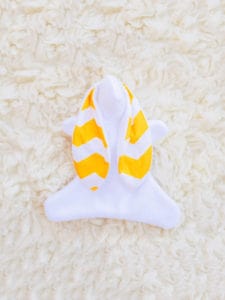
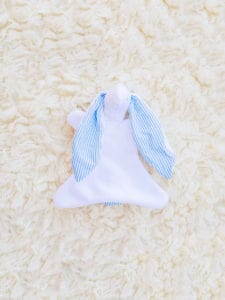
These adorable bunnies make lovely baby shower and just because gifts! Whether your baby is taking a ride in their stroller or going to grandma’s house, this travel-sized lovey is perfect for taking along on the ride. These floppy-eared pals measure approximately 8 inches from the ears down and 5 inches across the thinnest part of its body. Just the right size for a toddler to grab onto and hold! Our bunny lovies make excellent baby shower gifts for new parents. Our lovies are soft to the touch and don’t contain any small parts that pose a choking hazard.
How To Introduce A Lovey
The best way to introduce your toddler to a comfort object is to have mom wear the lovey on her for an hour or so before giving baby the lovey for the first time. This way, the soother toy collects mom’s scent, and it’s more likely that your baby will become attached and bond with the lovey. You only have to do this once, and it will help your baby become attached.
If you choose to make the lovey part of your baby’s nap time routine, you’ll want to reserve the lovie for sleep and bring it out at nap time. Doing this makes the lovey a unique comfort object and not just another toy.
Because you want your baby to associate the lovey with assurance and comfort, you want to make sure not to give your baby their lovey while he or she is in pain. Doing so will cause your toddler to form a negative association with the lovey.
Conclusion
In short, a baby lovey is similar to a security blanket for babies. Lovies help babies build confidence and self-soothe during transitional stages as they grow. They are safe for babies but you should introduce them after a child’s first birthday. Introducing your baby to a lovey at the right age can help them self-soothe and cope with growing pains as they transition through significant milestones.

